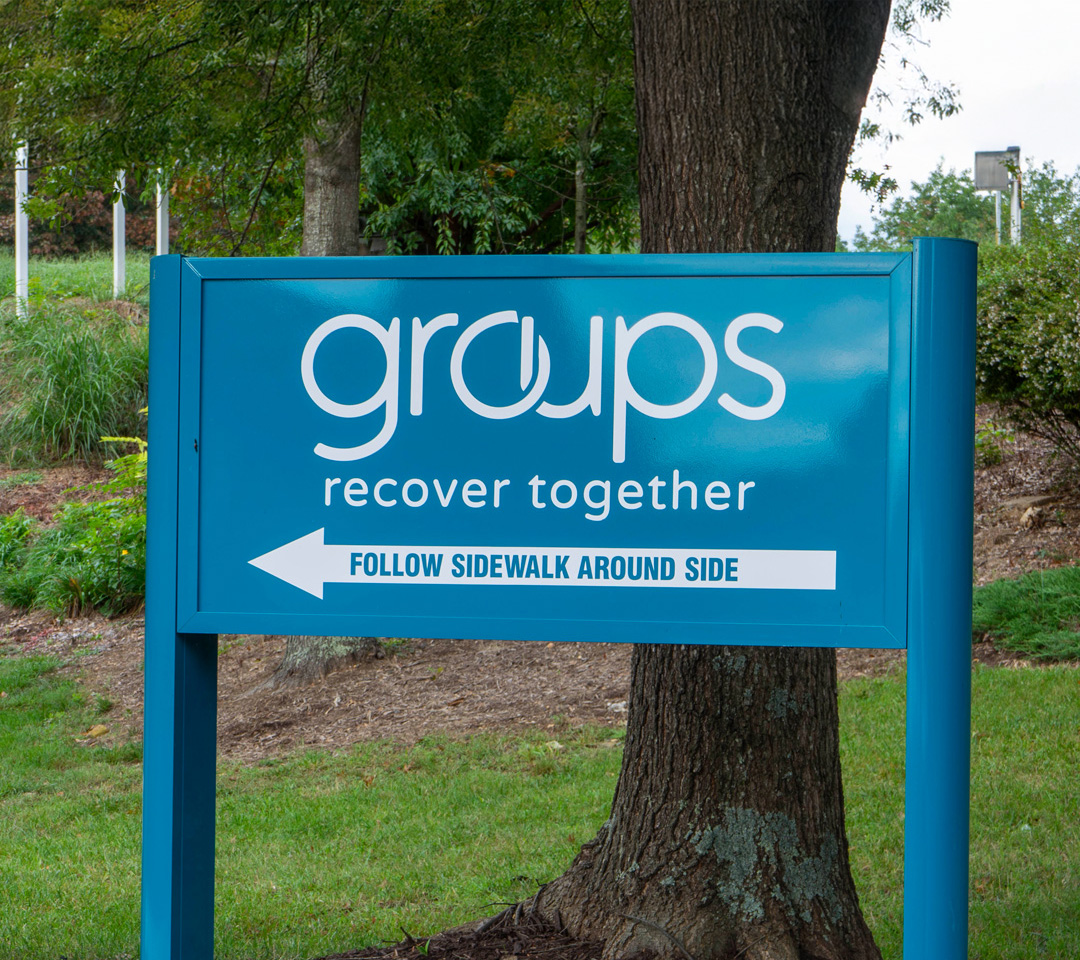What is wayfinding signage? It’s the signage that helps people move confidently through unfamiliar spaces. It guides them from the parking lot to the front desk, from hallway to suite, from confusion to clarity. When it’s done right, people barely notice it. When it’s missing, they feel lost fast.
For businesses, wayfinding signage is a fundamental part of the workflow. It shapes first impressions, reduces frustration, and quietly supports the flow of your day-to-day operations. Office complexes, medical facilities, and retail environments all rely on clear, consistent signage to help people feel in control.
Wayfinding signage, defined.
Wayfinding signage is a system of visual cues that helps people navigate physical spaces. These signs provide essential information at key decision points, guiding visitors through buildings, campuses, or properties with minimal confusion.
There are four main types of wayfinding signage:
- Directional signs point people where they need to go.
- Identification signs label rooms, suites, departments, or landmarks.
- Informational signs offer context like hours of operation, check-in instructions, or maps.
- Regulatory signs communicate rules, safety protocols, or access restrictions.
The most effective systems use a mix of these to create a seamless experience. Think of a hospital lobby with a clear directory, arrows pointing to elevators, and labeled suites on every floor. Or a retail lot where signs guide you from customer parking to pickup to service. These are all real-world examples of wayfinding signage working exactly as they should.
The psychology behind wayfinding signage.
According to Straight Forward: How Wayfinding Works and Why Strategy Matters, wayfinding works best when it taps into human instinct. People rely on subtle cues like architecture, layout, and especially signage, to move confidently through unfamiliar environments.
When signs are clear, consistent, and positioned exactly where someone expects them, they create comfort and reduce stress. When they’re missing or poorly placed, frustration builds fast.
At Distinct Signs, we design signage to match how people actually experience a space:
- We look for natural “decision points,” where someone might pause and ask, “Where do I go next?”
- We consider accessibility, ensuring signs are visible, legible, and inclusive for everyone.
- We think like your visitor, not just your staff, and plan accordingly.
As the authors of Straight Forward point out, the best signage doesn’t just direct. It reassures, clarifies, and helps define the character of a place. Want to dig deeper into the strategy behind great signage? Read Design Week’s summary of Straight Forward.
Why wayfinding signage matters across industries.
Wayfinding signage is essential in any environment where people need to navigate. Office buildings, medical facilities, and retail complexes all depend on clear, consistent signage to keep people moving in the right direction.
At Millrace North, a multi-tenant office building, Distinct Signs designed and installed a complete signage system including directories and suite identification. These signs help visitors find their destinations without needing to ask for assistance. The result is a more polished and professional experience from the moment someone walks through the door.


At Stafford Medical Park, we developed a cohesive signage plan for both indoor and outdoor areas. In healthcare settings where stress and uncertainty can already be high, clear signage reduces confusion and helps patients and guests move confidently through the space.

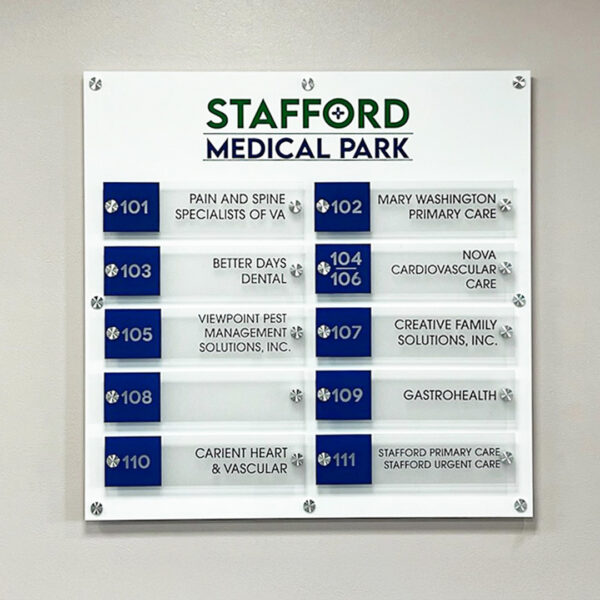

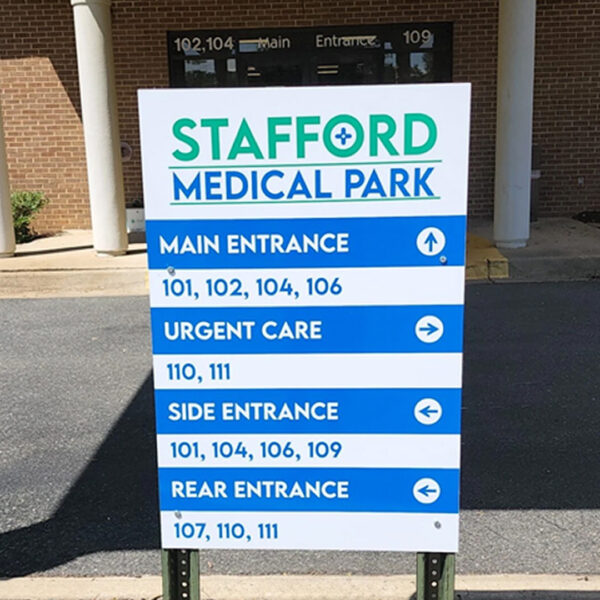
From first impressions to day-to-day operations, thoughtful wayfinding signage supports a better experience for everyone who walks through your space.
More examples of wayfinding signage that works.
At Distinct Signs, we don’t just design signs. We build experiences that help people move confidently through real spaces. Here are a few recent examples of wayfinding signage in action:
O’Reilly Auto Parts
We created a signage system to clarify the use of different parking zones. Now, team members, delivery drivers, and customers each have clearly marked spaces. This kind of operational signage helps prevent confusion, improves traffic flow, and supports a better experience outside the store before anyone even walks in.
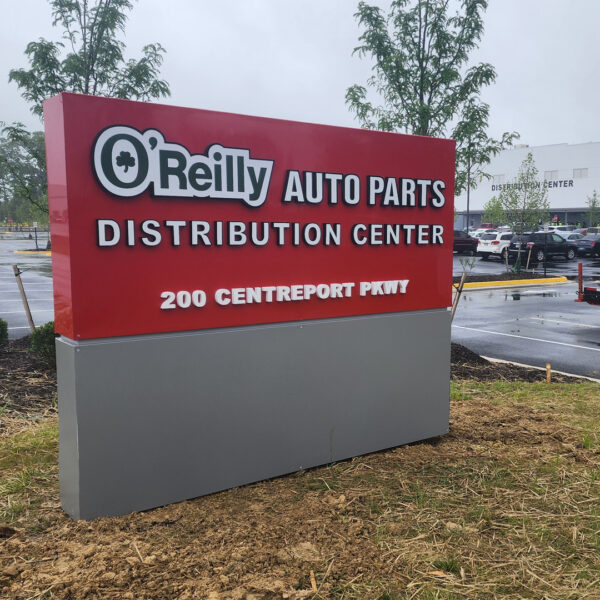
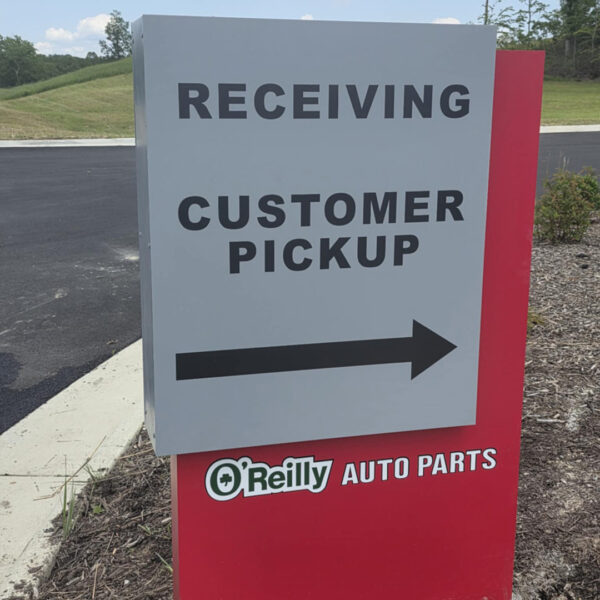
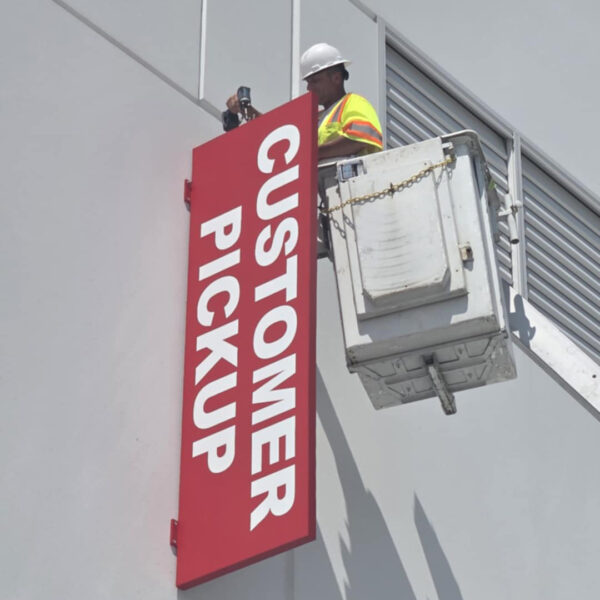
Rupert’s U-Pull-It
Clear, durable signs now direct customers from the entrance to the sales area, with bold hours-of-operation panels and wayfinding that separates vehicle flow from pedestrian paths. In a busy retail setting like this, signage improves both safety and customer service.
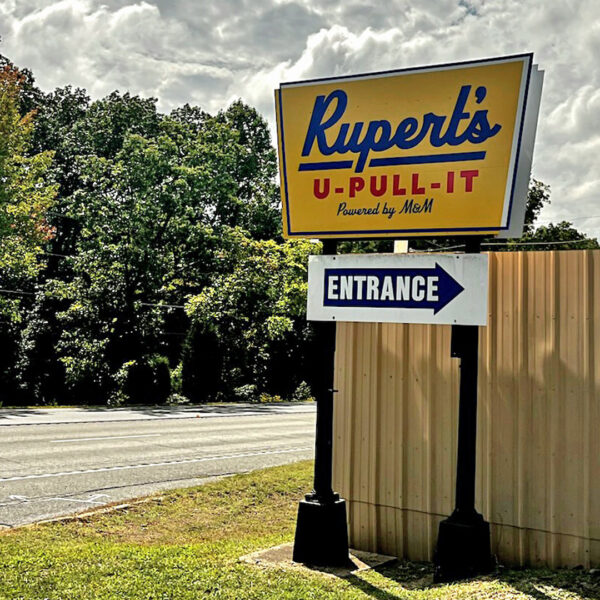
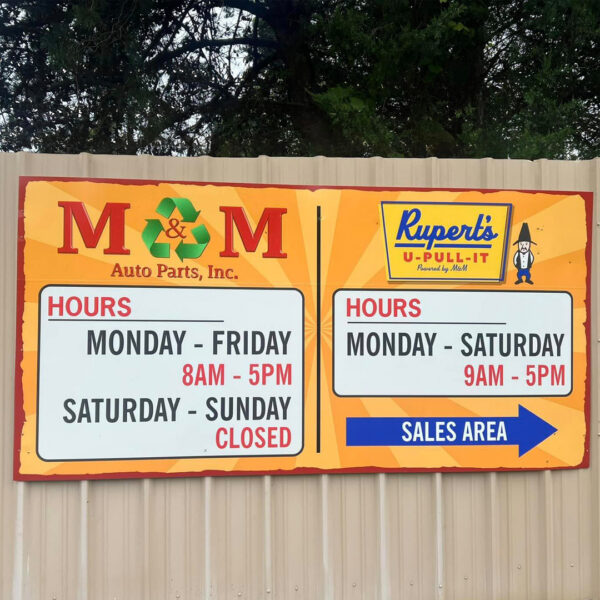
Clinton Medical Park
This multi-specialty facility needed a comprehensive signage suite to unify the visitor experience. From entry points to suite numbers, our wayfinding system helps patients navigate the space with confidence, even if it’s their first time there.

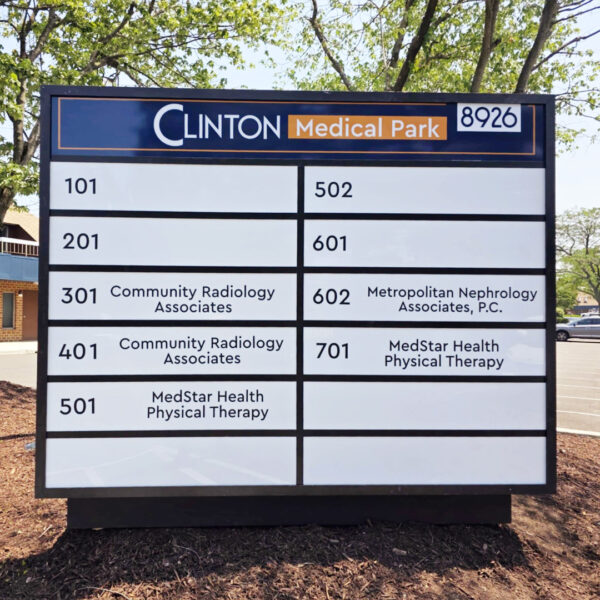
Each of these projects shows how smart signage improves clarity, builds trust, and keeps operations running smoothly.
Let us help you find your way.
At Distinct Sign Solutions, we design and deliver wayfinding signage that works. Our signs are clear, consistent, and built to support real-world navigation. From office buildings and medical facilities to retail properties and service centers, we help businesses create signage systems that reduce confusion and improve flow.
If you are planning a new space or looking to upgrade your current signage, our team is ready to guide the process from design through installation. Contact us today to get started on your custom wayfinding signage.

